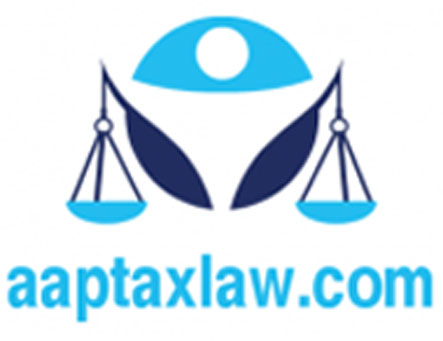

Is Dismissal, etc., of an individual workman to be deemed to be an industrial dispute? Section 2A of Industrial Disputes Act 1947
2A. (1) Where any employer discharges, dismisses,
retrenches or otherwise terminates the services of
an individual workman, any dispute or difference
between that workman and his employer connected
with, or arising out of, such discharge, dismissal,
retrenchment or termination shall be deemed to be an
industrial dispute notwithstanding that no other
workman nor any union of workmen is a party to the
dispute.
(2) Notwithstanding anything contained in section 10, any such workman as is specified in sub-section (1) may, make an application direct to the Labour Court or Tribunal for adjudication of the dispute referred to therein after the expiry of forty-five days from the date he has made the application to the Conciliation Officer of the appropriate Government for conciliation of the dispute, and in receipt of such application the Labour Court or Tribunal shall have powers and jurisdiction to adjudicate upon the dispute, as if it were a dispute referred to it by the appropriate Government in accordance with the provisions of this Act and all the provisions of this Act shall apply in relation to such adjudication as they apply in relation to an industrial dispute referred to it by the appropriate Government.
(3) The application referred to in sub-section (2) shall be made to the Labour Court or Tribunal before the expiry of three years from the date of discharge, dismissal, retrenchment or otherwise termination of service as specified in sub-section (1).
STATE AMENDMENTS
ANDHRA PRADESH
Section 2A shall be numbered as sub-section (1) thereof and
after the sub-section, as so renumbered, the following
sub-section (2) shall be inserted :-
(2) Notwithstanding anything in section 10, any such workman as is specified in sub-section (1) may, make an application in the prescribed manner direct to the Labour Court for adjudication of the dispute referred to therein; and on receipt of such application the Labour Court shall have jurisdiction to adjudicate upon any matter in the dispute, as if it were a dispute referred to or pending before it, in accordance with the provisions of this Act; and accordingly all the provisions of this Act, shall apply in relation to such dispute as they apply in relation to any other industrial dispute. - Andhra Pradesh Act No. 32 of 1987.
TAMIL NADU
Section 2A shall be re-numbered as sub-section (1)
of that section and after the said sub-section (7)
as so re-numbered, the following sub-section shall
be added, namely:-
(2) Where no settlement is arrived at in the course of any
conciliation proceeding taken under this Act in regard to an
industrial dispute referred to in sub-section (1), the aggrieved
individual workman may apply, in the prescribed manner, to the
Labour Court for adjudication of such dispute and the Labour
Court shall proceed to adjudicate such dispute, as if such
dispute has been referred to it for adjudication and accordingly
all the provisions of this Act relating to adjudication of
industrial disputes by the Labour Court shall apply to such
adjudication." - Tamil Nadu Act No. 5 of 1988.
WEST BENGAL
In section 2A:
(a) after the words "dismisses, retrenches", the words "refuses
employment" shall be inserted;
(b ) after the words "dismissal retrenchment", the words "refusal of employment" shall be inserted - West Bengal Act No. 33 of 1989.
Section 2A - Dismissal, etc., of an individual workman to be deemed to be an industrial dispute
CHAPTER II - AUTHORITIES UNDER THIS ACT
Section 4 - Conciliation officers
Section 5 - Boards of Conciliation
Section 7B - National Tribunals
Section 8 - Filling of vacancies
Section 9 - Finality of orders constituting Boards, etc
CHAPTER IIA - NOTICE OF CHANGE
Section 9B - Power of Government to exempt
CHAPTER IIB GRIEVANCE REDRESSAL MACHINERY
Section 9C - Setting up of Grievance Redressal Machinery
Section 10 - Reference of disputes to Boards, Courts or Tribunals
Section 10A - Voluntary reference of disputes to arbitration
CHAPTER IV PROCEDURE, POWERS AND DUTIES OF AUTHORITIES